After attending dozens of concerts, I’ve learned that the best seats are usually in the center sections of the lower bowl, about 10-20 rows back from the stage. This sweet spot gives you crystal-clear views and incredible sound quality that makes every note count.
I used to think the front row was everything until I discovered how much seat location actually affects your entire experience.
From those goosebump moments when the bass hits just right to actually being able to see your favorite artist’s expressions, where you sit can turn a good show into an unforgettable night.
Understanding Best Seat In Concert By Venue Types
Each venue has its own unique personality, and I’ve learned to work with it rather than against it.
1. Arenas
Arenas have been my go-to for that perfect balance.
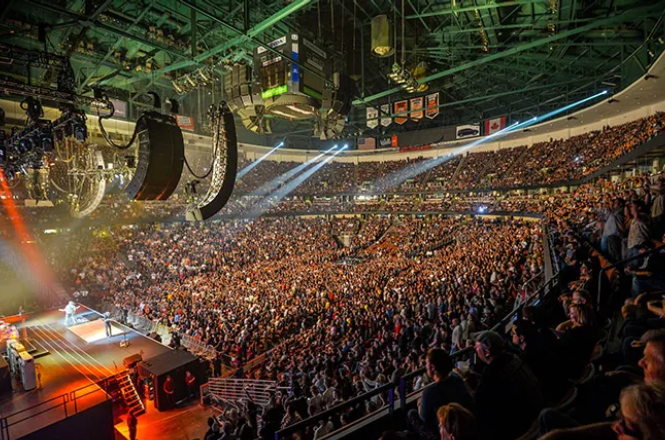
The center sections in the lower bowl never disappoint, though I’ve discovered that sitting slightly off-center often sounds even better. You are closer to those main speakers without all the stage noise competing for your ears.
2. Amphitheaters
Amphitheaters give you choices that matter.
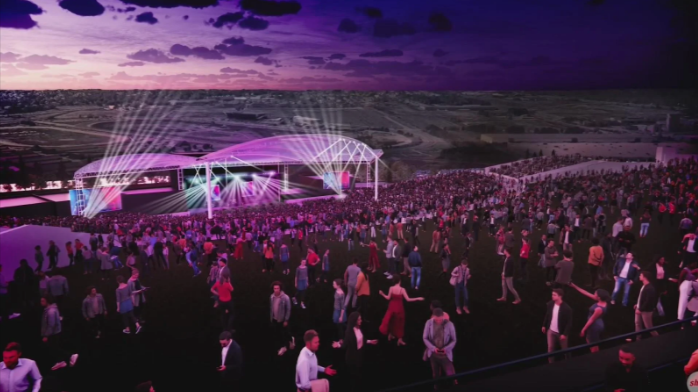
I love the covered pavilion for its protection and clear views, but those lawn seats are a plus. They’re pure magic for a laid-back vibe (just don’t expect studio-quality sound).
3. Theaters
Theaters are where I fell in love with music all over again.

The orchestra center sections are acoustic goldmines, and those mezzanine levels? Hidden gems that deliver stunning sound with elevated views at prices that won’t break the bank.
4. Clubs and Small Venues
Clubs and small venues taught me that timing beats everything.
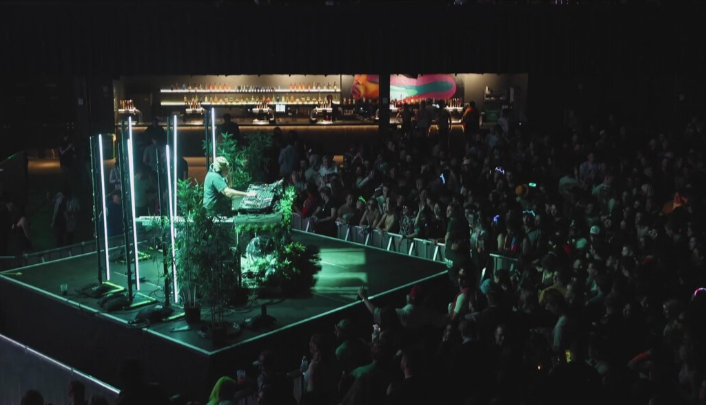
Getting there early for the perfect standing spot has given me some of my most intimate concert memories.
5. Stadiums
Stadiums reward the center lower bowl choice, though I’ve been blown away by upper deck views during those massive pop shows with incredible visual productions.
Best Seats For A Concert By Sound Quality
Here’s what years of concert-going taught me about sound: follow the soundboard.
That mixing console you see is about two-thirds back from the stage. That’s your North Star. Sound engineers position themselves there for a reason. They want the best possible mix reaching that exact spot.
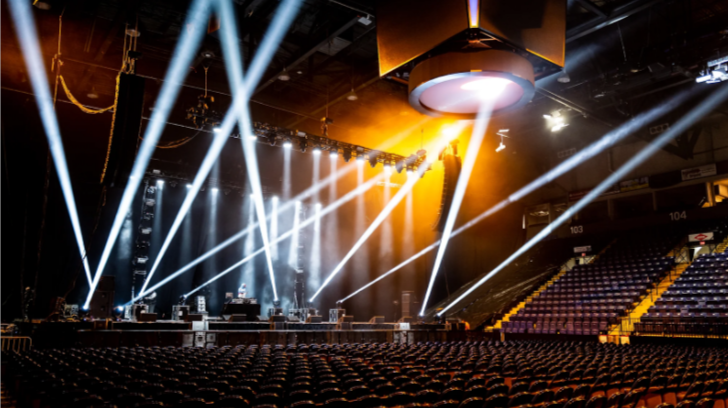
Those seats are 50-100 feet from the stage. That’s where the magic happens, where every instrument finds its place in the mix.
Genre makes a huge difference, too. I’ve found that rock concerts often sound incredible from elevated spots where you can appreciate the full wall of sound, while those intimate acoustic sets shine from traditional center-orchestra positioning.
Finding The Best Place To Sit At A Concert
Smart seat shopping has saved me thousands while giving me better experiences.
- Premium seats earned their place in my heart for once-in-a-lifetime shows. Front row intimacy with my musical heroes is Priceless. However, for regular shows, I’ve discovered that the center sections, 10-20 rows back, give me 90% of the premium experience at 60% of the cost.
- Value seats are my secret weapon. The first few rows of upper decks consistently outperform the back rows of lower sections. Get a better sound, complete stage views, and wallet-friendly prices.
- Avoid zones, extreme side sections (hello, neck strain), anything under balcony overhangs (goodbye, clear sound), and those “obstructed view” warnings that always mean exactly what they say.
Budget strategies vary by venue type, but consistently focus on center positioning over proximity, elevated views over ground level in large venues, and weeknight shows over weekend performances for better pricing.
Which Seats Are Best For A Concert?
Here’s a quick breakdown of the most common concert seat types: how they stack up in view, sound, and who they’re best suited for.
| Seat Type | View Quality | Sound Quality | Best For |
|---|---|---|---|
| Front Row | Excellent | Variable | Once-in-a-lifetime shows |
| Center Lower | Excellent | Excellent | Perfect all-around experience |
| Side Lower | Good | Good | Great value option |
| Center Upper | Good | Excellent | Sound lovers on a budget |
| Back/Corners | Fair | Poor | When any seat is better than no seat |
This comes from real experience – center lower delivers that sweet spot every time, while center upper surprises people with incredible acoustics.
Concert Seat Types Explained: From Floor To Balcony
Every seating type has its moment to shine.
- The General Admission Floor gives you that electric energy where you’re part of the show itself. Fair warning: get there early and wear comfortable shoes as you’ll be standing and possibly dancing for hours.
- Reserved Floor combines the best of both worlds. It guarantees comfort with front-row energy, though everyone stands anyway once the music starts.
- Lower Bowl/Orchestra sections are where most venues focus their acoustic design. These seats rarely disappoint.
- Upper Deck/Balcony areas are massively underrated. Some of my best concert experiences came from elevated center seats that cost half the price of a lower bowl but delivered incredible sound and unobstructed views.
- Box Seats are pure luxury. They are perfect for special occasions when you want the full VIP treatment.
Each seating type serves different priorities, from maximum energy and proximity to comfort and value considerations.
Best Concert Seats For Different Music Genres
Musical genres significantly influence optimal seating choices, as different styles create unique atmospheric and acoustic requirements for maximum enjoyment.
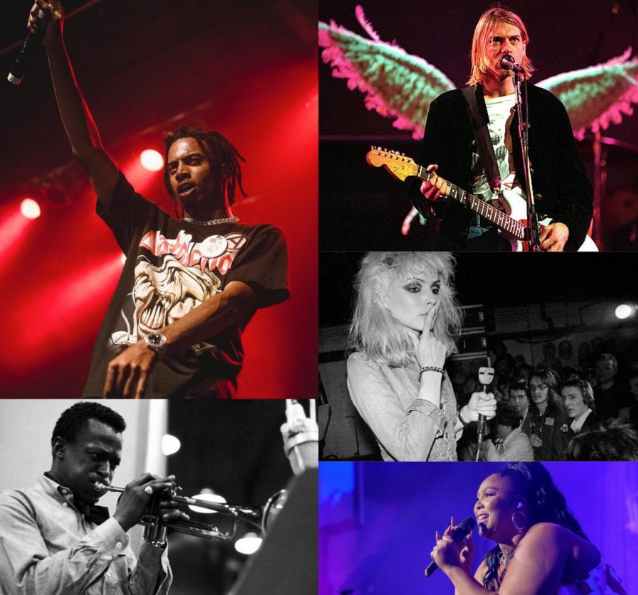
- Rock/Pop shows come alive in those energy zones. The floor sections and lower bowls, where the crowd becomes part of the performance. Speaking of epic performances, if you’re planning to catch any major artists this year, check out the top upcoming music tours in 2025-26 to see which shows are worth prioritizing your seating strategy for.
- Classical performances have taught me to respect traditional acoustic design. Orchestra center sections aren’t expensive by accident. They’re engineered for perfection.
- EDM/Electronic shows create tough choices: dance floor energy in GA versus elevated spots where those incredible light shows really pop. The bass usually sounds cleaner from up high, too.
- Jazz/Acoustic intimate venues reward getting close for those magical artist interactions, while mid-orchestra positioning gives you musical clarity that lets you hear every nuance.
Genre selection should influence your seating strategy as much as venue characteristics and personal preferences.
Genre-Specific Best Concert Seating Recommendations
Recommendations reflect how different musical styles create varying priorities for optimal enjoyment.
| Genre | Best Overall | Best Value | Avoid |
|---|---|---|---|
| Rock/Pop | Center Lower Bowl | Upper Center | Extreme Sides |
| Classical | Orchestra Center | Mezzanine | Back Balcony |
| EDM | GA Floor | Elevated Sides | Far Back Seated |
| Jazz | Front Center | Mid-Orchestra | Balcony Sides |
These Rock and pop performances benefit from energy and crowd interaction, while classical music prioritizes acoustic purity and traditional positioning.
Electronic music showcases visual elements that require strategic viewing angles, while jazz emphasizes intimacy and the appreciation of musical detail.
Special Considerations: Height, Crowds, & Comfort To Concert Seats
Personal factors matter more than general rules.
As someone who’s not particularly tall, the elevated seating saves the day by eliminating view-blocking issues. The first few rows of upper levels often beat the floor sections hands down.
I’ve experienced everything from intense mosh pits to elegant seated classical performances; knowing what you’re getting into helps you choose accordingly.
Accessibility seating often offers excellent sightlines and convenient access while providing a great experience.
For instance, Chris Brown’s upcoming concerts are known for the high-energy crowds and amazing choreography, so consider how that atmosphere might influence your seating choice.
How To Avoid The Worst Concert Seats
Learning these red flags saved me from several disappointing shows.
1. Obstructed view seats hide behind pillars, sound equipment, or architectural features that block significant portions of the stage. These seats are usually marked, but not always clearly, especially on resale platforms where sellers may not disclose limitations honestly.
2. Sound dead zones occur too close to individual speakers, where audio becomes overwhelming and unbalanced, or in venue corners where sound waves create confused echoes and muddy audio quality, diminishing musical enjoyment.
3. Uncomfortable locations include seats behind tall structures that require constant neck craning, cramped areas with minimal legroom, or sections with poor ventilation that become uncomfortably hot during crowded performances.
4. High-traffic areas near entrances, bathrooms, or concession stands create constant distractions from people moving past, talking, or blocking views while navigating to facilities throughout the show.
Red flags to watch out for when buying tickets online include vague descriptions, unusually low prices for premium locations, sellers who refuse to provide specific seat numbers, and listings that fail to mention potential view obstructions or limitations.
Research venue-specific reviews before buying. The venue has its quirks and problem areas that experienced concertgoers know about.
Concert Seat Warning Signs
These warning signs help identify potentially problematic seats before purchase, potentially saving money and disappointment.
| Warning Sign | What It Means | Alternative |
|---|---|---|
| “Partial View” | Significant obstructions | Invest in clear-view seats |
| Extreme side sections | Angled, compromised experience | Center sections worth the extra cost |
| “Behind stage” | No artist view | Any traditional seating option |
| Very front rows | Physical discomfort | Rows 5-15 for comfort and quality |
Understanding what terminology really means enables better decision-making, while knowing alternatives helps you redirect toward better options within your budget and preference parameters.
Additional Read: You might be interested in learning about who has the most Grammys, as these award-winning artists often deliver the most memorable performances.
Final Verdict: Choosing Your Ideal Concert Seat
Your perfect seat depends on what makes concerts magical for you.
I splurge for bucket-list artists, special occasions, and venues known for incredible acoustics. Save money for artists and see regularly at venues with consistently good sound, and when the music matters more than the spectacle.
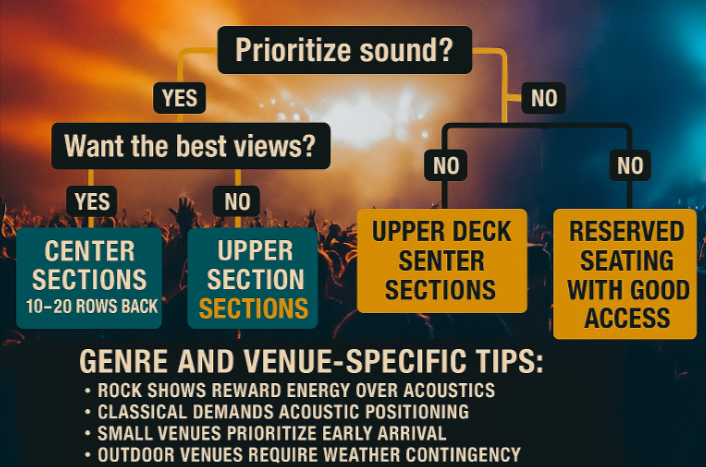
Prioritize sound. Go center sections 10-20 rows back. You can choose either the Lower Bowl Center or the elevated center. If you are budget-conscious upper deck center sections are also a great choice.
Rock shows reward energy over acoustics, classical demands acoustic positioning, small venues prioritize early arrival over seat selection, and outdoor venues require weather contingency planning.
Artists like Post Malone are bringing massive stadium productions with The BIG ASS Stadium Tour, where the visual elements and stage design make even upper-level seats incredibly engaging.
Conclusion: Book Your Seat And Enjoy A Live Music Concert
The best concert seats balance your personal priorities with venue acoustics and sightlines, typically found in center sections of the lower bowl, 10-20 rows from the stage.
However, your ideal seat ultimately depends on the genre, venue size, your physical needs, and whether you prioritize proximity, sound quality, or value. Remember that even “imperfect” seats can deliver magical experiences when the music connects with you.
Understand your priorities, whether that’s being close enough to make eye contact with your favorite artist, finding the acoustic sweet spot for pristine sound, or stretching your budget to attend more shows throughout the year.
Make the smart choice for your perfect concert music experience.
FAQs
Concert insurance is worthwhile for expensive premium seats, protecting against event cancellation, postponement, or personal emergencies that prevent attendance, typically costing 5-10% of the ticket price.
Arrive 2-4 hours early for general admission floor tickets to secure optimal positioning, especially for popular artists, though die-hard fans often line up much earlier.
Seat upgrades are sometimes possible through venue box offices or official ticket platforms, but availability is limited and prices may be higher than original premium options.
Face value represents the original ticket price set by the venue, while market price reflects current demand-driven pricing on resale platforms, often significantly higher for popular shows.
VIP packages provide value for superfans seeking exclusive experiences like meet-and-greets, early entry, merchandise, and premium amenities, but casual fans may prefer investing in better seats alone.

